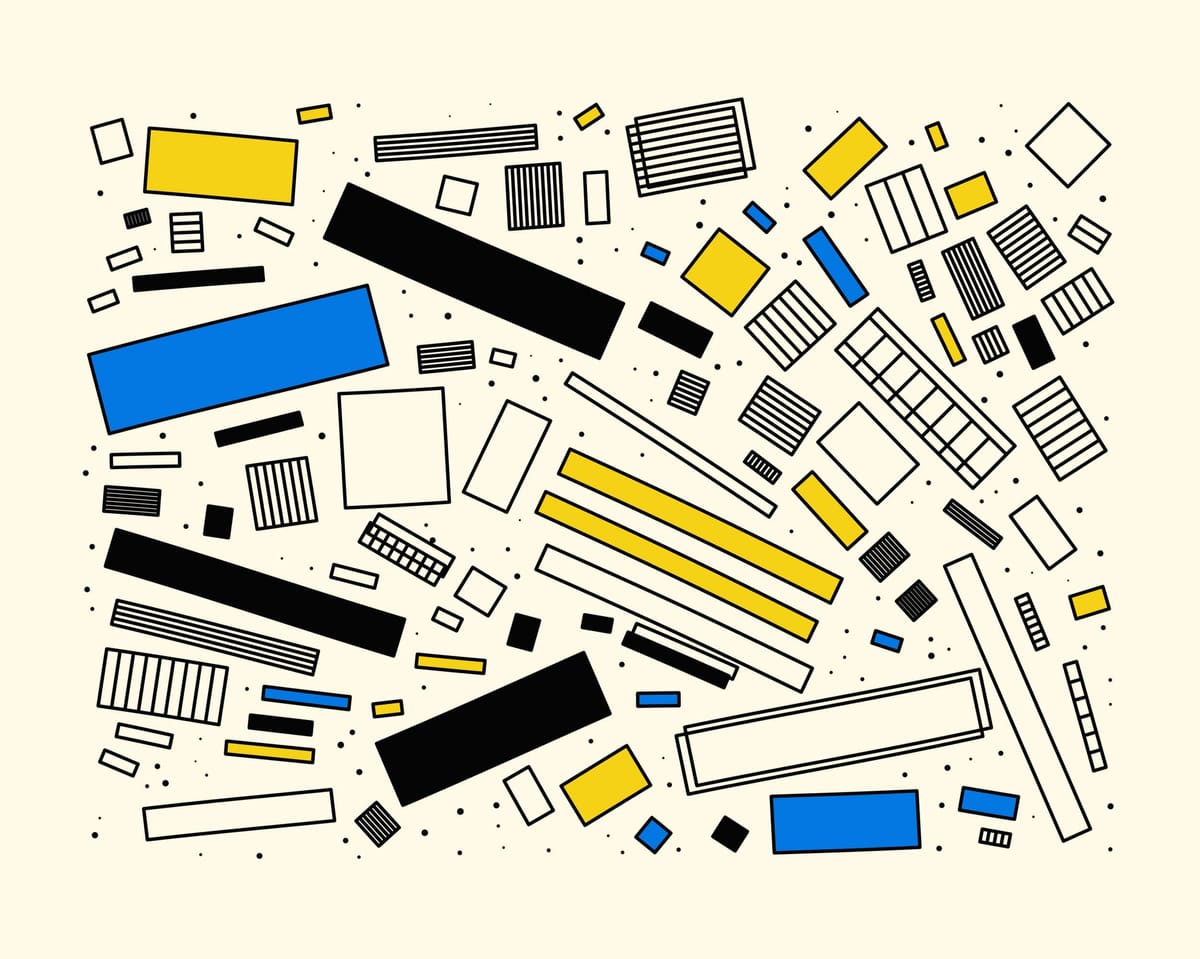Welcome back everyone 👋 and a heartfelt thank you to all new subscribers who joined in the past week!
This is the 89th issue of the Gorilla Newsletter—a weekly online publication that sums up everything noteworthy from the past week in generative art, creative coding, tech, and AI.
If it's your first time here, we've also got a Discord server where we nerd out about all sorts of genart and tech things — if you want to connect with other readers of the newsletter, come and say hi: here's an invite link!
Cue the news 👇
All the Generative Things
1 — Generating Voronoi Diagrams using Fortune's Algorithm: let's kick this week off with a rather obscure blogpost I found — you just know that the content is fire when the URL ends with a .html, the page itself is rather un-styled, and the tutorial comes with a health warning at the very top 🤣

When it comes to generating Voronoi Diagrams, many roads lead to Rome, and in the context of this beefy article, our road is Fortune's algorithm: Joe, aka redpenguin, wrote a massive tutorial detailing how to implement the algo 👇
In a nutshell, Fortune's algorithm builds a Voronoi diagram by "sweeping" a horizontal line across a set of points: as the line moves, it creates a curve called the beach line that changes shape based on which points have been passed. When the sweep line reaches a new point, an arc is added to the beach line, and as the curve evolves, arcs may merge or disappear, forming new corners (vertices) in the diagram. The algorithm keeps track of these changes using a structured list of events, allowing it to efficiently and gradually construct the full diagram.
By far one of the best visualizations of the algorithm that I've seen is by Daniel Piker — in the 3D context the abrupt motion of newly added arcs just makes much more sense.
In theory the algorithm sounds quite simple, but its implementation is actually quite challenging as Joe states at the beginning of the article. This is mainly due to how you need to handle the addition of new voronoi sites to the diagram as the beachline progresses — if you're up for a challenge you know where to start!
2 — Planetary Fluid Simulations: Sebastian Lague returns with another video on Fluid Simulations, this time in the planetary context! He adapts the fluid sim that he's implemented over the course of two previous installments of his coding adventure to act as the hydrosphere of a planet — this involves simulating gravity, actual terrain for the fluid to collide with, and dialing in the influence of celestial bodies on the tide:
If you're out of the loop, roughly a year ago Lague made his first video on fluid sims, in which he implements the particle algorithm described in the famous paper "Particle-Based Fluid Simulation for Interactive Applications". Lague followed up with a second coding adventure, where he investigates rendering the particle sim as a visually realistic fluid.
3 — Maths for GameDev: unsurprisingly much of the math required for game development is pretty much identical with the techniques frequently used in creative coding and generative art. After a seven month hiatus, another one of my favorite educative video makers, SimonDev, returns with a new video — a primer for game dev maths, covering linear interpolation, vectors, trigonometry, and all that fun stuff.
4 — The Mathematics of Spirograph: A Spirograph is not actually the spiral-y drawing that likely comes to mind reading the term, but rather a drawing device that lets you create the circular shapes — the drawings themselves are in fact called hypotrochoids and epitrochoids. Found this older post, back from 2021, while looking into the topic — an article by Katie Steckles that runs The Aperiodical, an online magazine and podcast about arts-y math related topics.
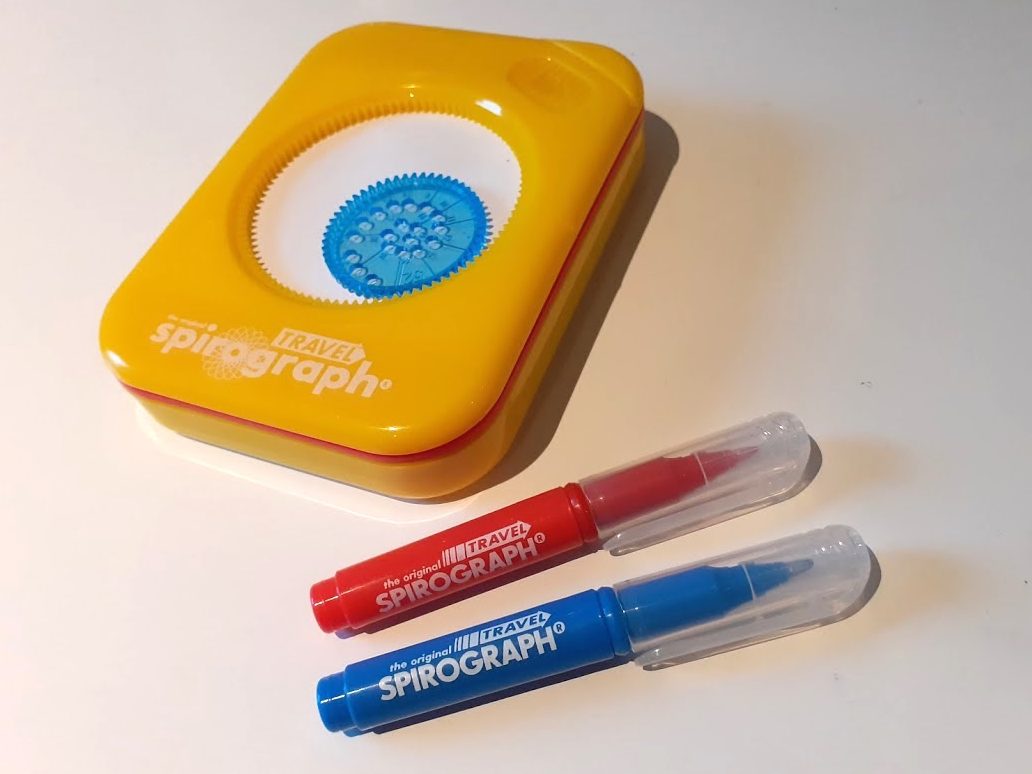
Highly recommend checking out the other articles by the Aperiodical, the magazine posts relatively frequently — about once a month.
The drawing device typically consists of a fixed outer ring and a smaller, movable wheel with several holes for a pen; by placing the pen in one of these holes and rolling the wheel along the inside or outside of the ring, one can produce a wide range of complex, looping designs.

Obviously it's not required for simulating the patterns algorithmically with a computer, but it's kind of a beautiful way to visualize the maths behind the resulting patterns.
5 — Post-Processing Shaders as a Creative Medium: throughout 2024 Maxime Heckel published a series of articles about post-processing shader techniques specifically geared towards creating aesthetic effects, such as dithering, painterly textures, and moebius style aesthetics. In contrast to these deep-dives that hone in on specific techniques, this time-round Maxime presents us with a whole swath of effects that he's explored over the past months, explaining each one in detail and providing us with interactive code to play around with.
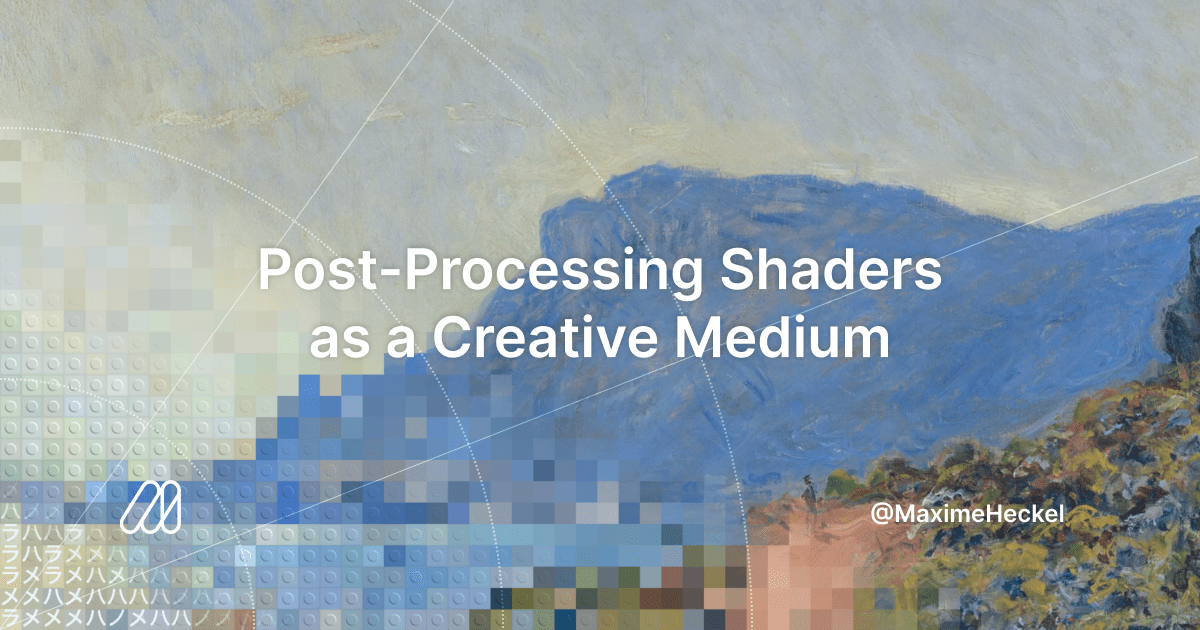
6 — Perceptions of Space: Jonathan Gorard wrote a wonderful thread about how we quantify the distortion of space and time via measures of energy, momentum, pressure, etc. in just a few words Gorard offers us an alternative way to think about these concepts much more intuitively.
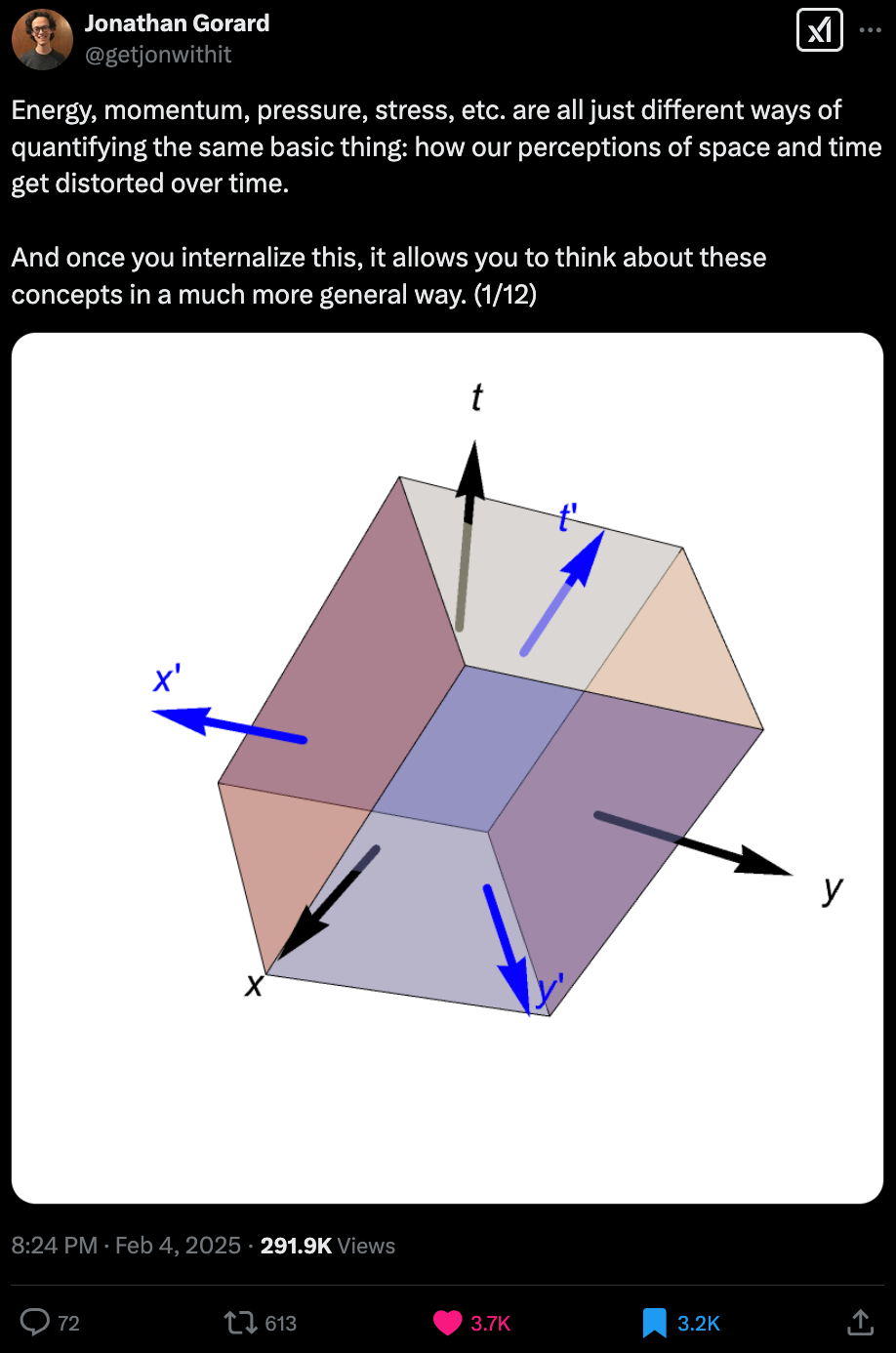
Tech & Web Dev
1 — Sam Rose on Technical Blogging: I love me a good interview, and this one was excellent! Sam Rose, who's made several appearances on this newsletter already for his stellar interactive articles, was invited by Write that blog! — a blog that revolves around the practice of writing a blog. They ask Sam Rose how he got into blogging in the first place, how he writes his technical pieces, and what the biggest lessons he's learned over the years were.
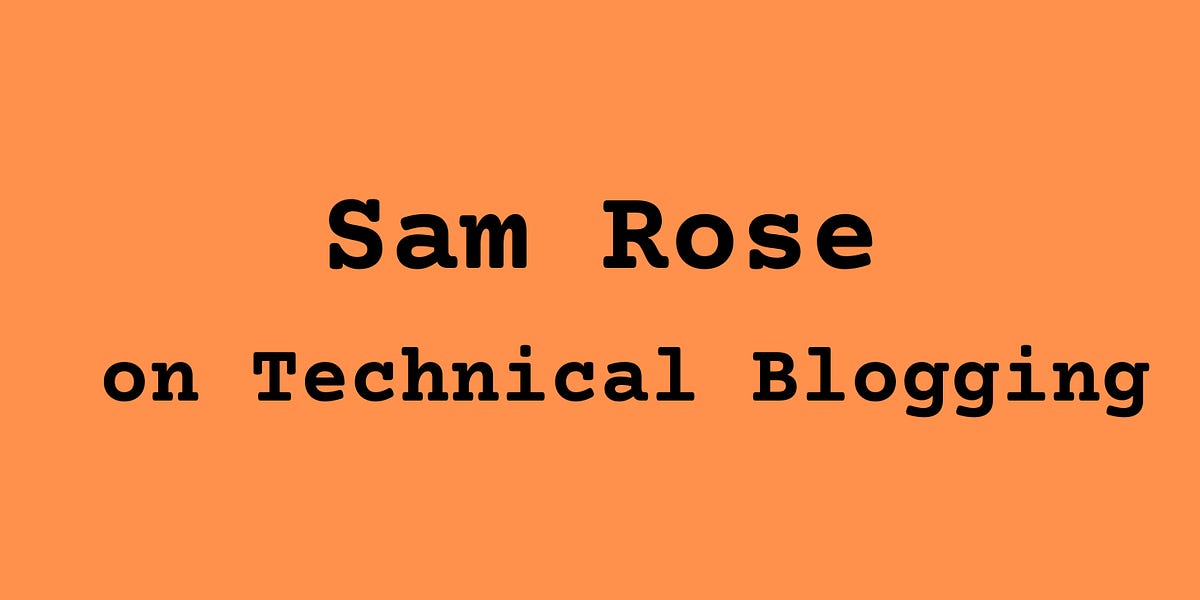
He closes out with some tips for those interested in starting out.
2 — Container Queries Unleashed: Josh Comeau is also back with another new article, this time breaking down how container queries enable new avenues in UI design. Before digging into this one, you might want to first check out Josh Comeau's previous deep dive "A Friendly Introduction to Container Queries".
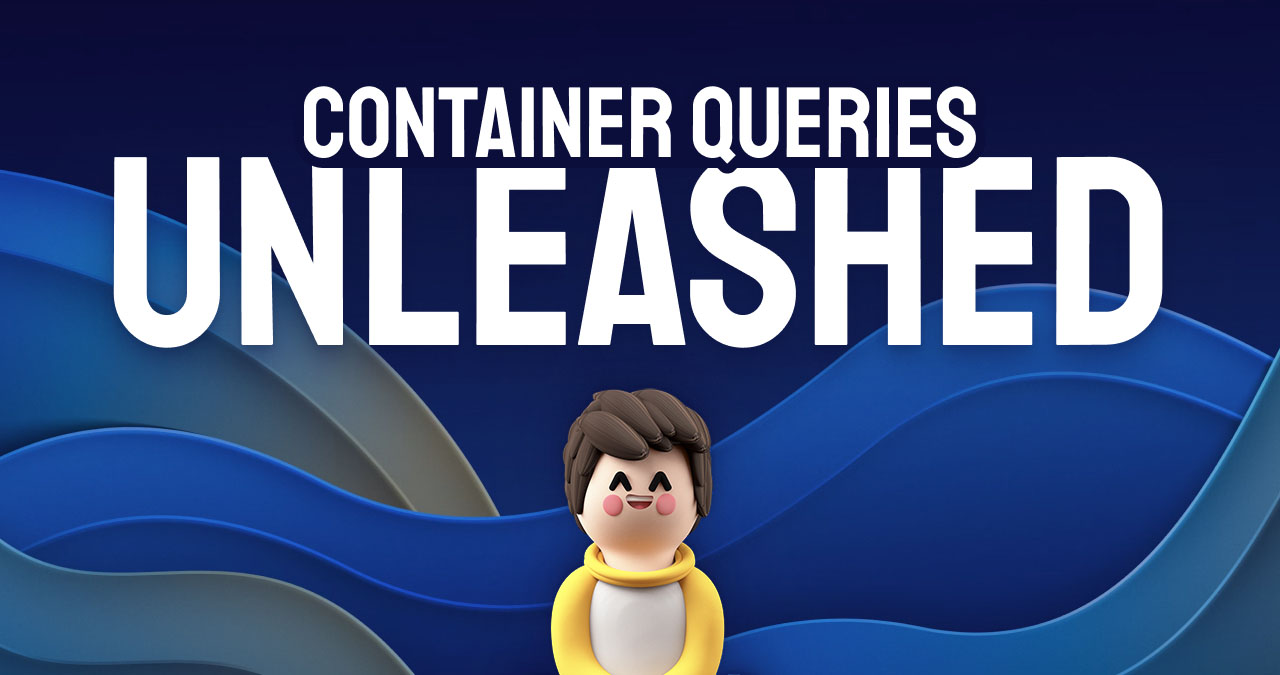
If you're not familiar, container queries are a relatively new CSS feature that allows you to apply styles to an element based on the size (or other properties) of its containing element rather than the overall viewport - while media queries allow you to change the overall layout of elements on your page, they can't really be used to describe how the stuff within those elements should respond dynamically as the container's size changes. As always, Josh provides us with interactive examples to illustrate this.
3 — Coding with your Voice: while going through Josh Comeau's archive of articles I found an interesting one from a couple of years ago in which he writes about how he had to use his voice for coding during a period of six months, when he lost the ability to use his hands.
Purely by coincidence, I came across an article by Salma Alam-Naylor, aka whitep4nth3r, where she recounts a similar difficult situation after being afflicted by carpal tunnel syndrome. She provides a list of the tools that ended being useful to her, like Talon and Cursorless, that let you write and navigate simply with your voice.
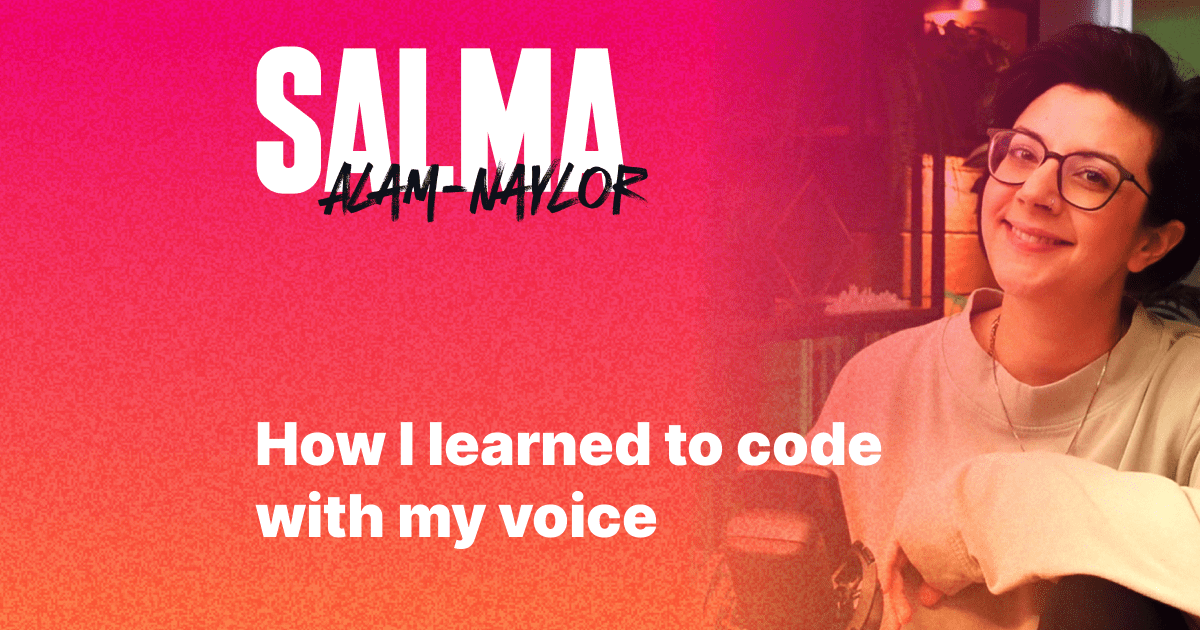
Just as I was writing this, I found through Salma's Bluesky that she'd been on Kevin Powell's YouTube channel to talk about her situation:
She points out that this condition is much more common than you might think, which became apparent when she turned to her following asking for advice. The big response she received showed that a surprising number of people struggle, or have struggled, with accessibility — browsing the web, using every-day tools, like Notion, as well as the UIs of different apps, many of them simply aren't geared towards accessibility.
4 — Why I still like Sublime Text in 2025: I have to confess, I've never really spent much time customizing/optimizing my coding environment and editor to my needs — I generally just use things the way they come out of the box. This recent article by James Doyle makes me reconsider however, having been an avid Sublime Text user for the past 15 years, he shares why it continues to be his go-to editor in 2025.

5 — Smuggling Arbitrary Data through an Emoji: and to cap off, this cool post by Paul Butler on a trick that lets you encode arbitrary data in emojis and other text 🤯

AI Corner
1 — AI can't see the Gorilla in the Data: Itai Yanai and Martin Lercher explored how having specific hypotheses can limit people’s ability to notice obvious patterns in data. They found that students who were told exactly what to look for often missed unexpected trends, like a “gorilla in the data.” — this isn't a metaphor, but basically the plotted data appeared in the shape of an actual gorilla 😆

To dig deeper, they compared how ChatGPT and Claude handled data analysis. Both models did a good job summarizing numbers but struggled to spot unusual patterns in visual plots unless shown the images directly. Even then, they didn’t recognize the hidden “gorilla” without extra prompting. This highlights that while large language models are great for crunching numbers, they might miss surprising insights during open-ended exploration.
2 — Deep Dive into LLMs: if it comes from Andrej Karpathy, one of the leading minds in AI today, then it's probably the first and last video on LLMs you'll likely need for the foreseeable future — and it's a whopping three and a half hours long video at that.
3 — DeepSeek Drama Continued: maybe DeepSeek was in fact just a big media stunt after all, and isn't as revolutionary as it's claimed to be — to cap off the AI section, I leave you with tetsuo.ai that explain why DeepSeek could not have possibly been trained on just a $6 million budget.
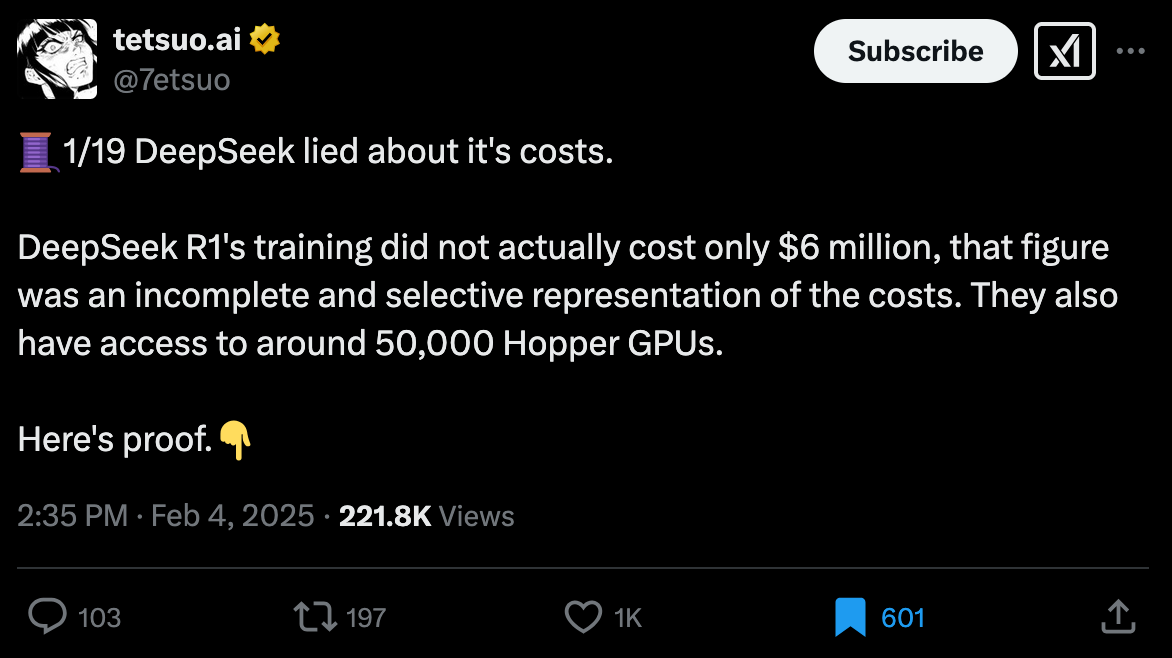
Music for Coding
This is some of the absolute best Jazz I have heard in a hot minute — Matthew Halsall had me hooked with the first couple of notes that came through his trumpet. I can't remember the last time I've listened to an instrumental album where the trumpet takes the lead; but Halsall's buttery smooth notes are just ear candy.
Halsall is a British jazz trumpeter, composer, and bandleader that has earned critical acclaim for his innovative and soulful approach to modern jazz — the rich and introspective soundscapes in his third studio album On the Go are testament of this.
Looking at some of what others said about the album, it's been described as a musical journey, while that may be a cheesy way to put it, I couldn't agree more. Each track carries you away in a different manner, from soaring highs that sweep you off your feet to quiet stretches that let you regain your composure. Those heavily oriental sounding scales throughout even stirred a hint of nostalgia in me.
And that's a wrap — hope you've enjoyed this week's curated assortment of genart and tech shenanigans!
Now that you find yourself at the end of this Newsletter, consider forwarding it to some of your friends, or sharing it on the world wide webs—more subscribers means that I get more internet points, which in turn allows me to do more internet things!
Otherwise come and say hi over on TwiX, Mastodon, or Bluesky and since we've also got a Discord now, let me shamelessly plug it here again. If you've read this far, thanks a million! And in case you're still hungry for more generative art things, you can check out last week's issue of the newsletter here:

You can also find a backlog of all previous issues here:
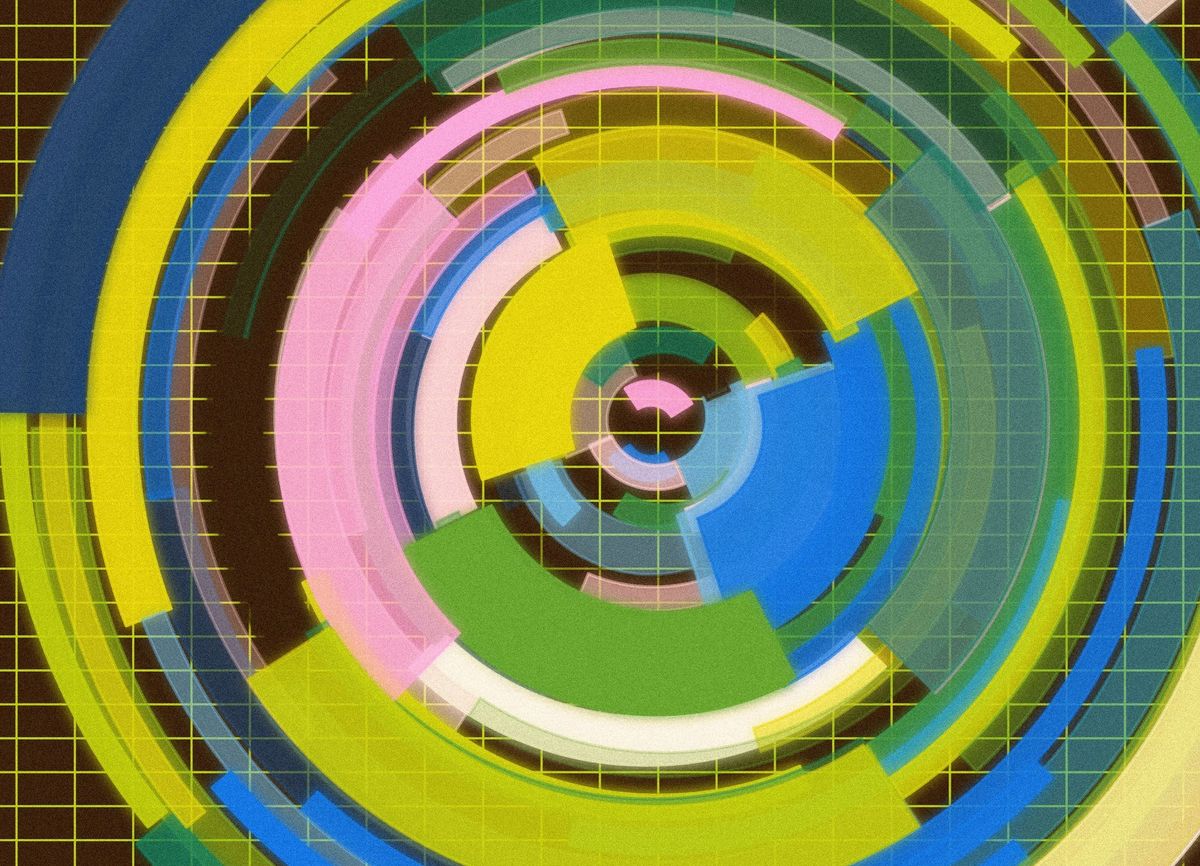
Cheers, happy coding, and again, hope that you have a fantastic week! See you in the next one!
~ Gorilla Sun 🌸
